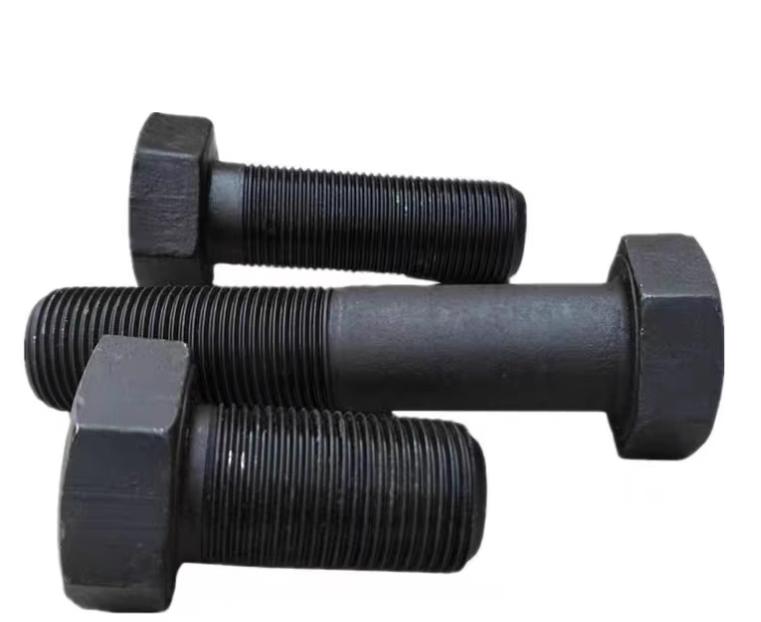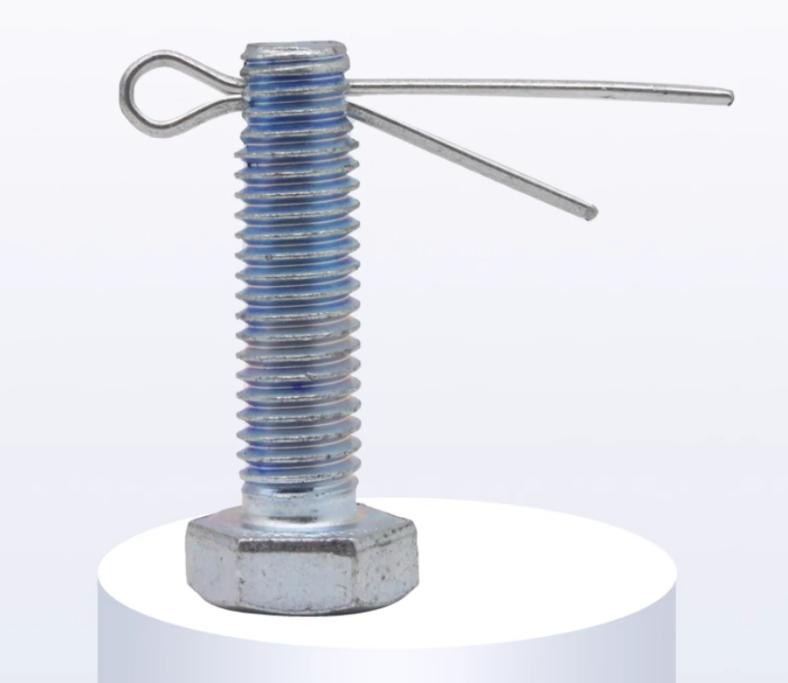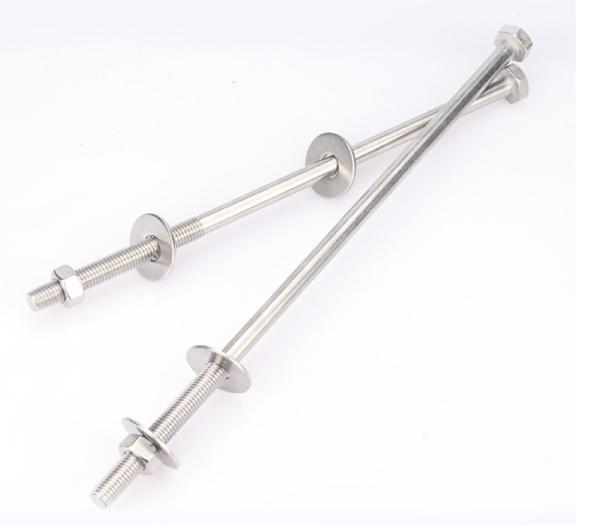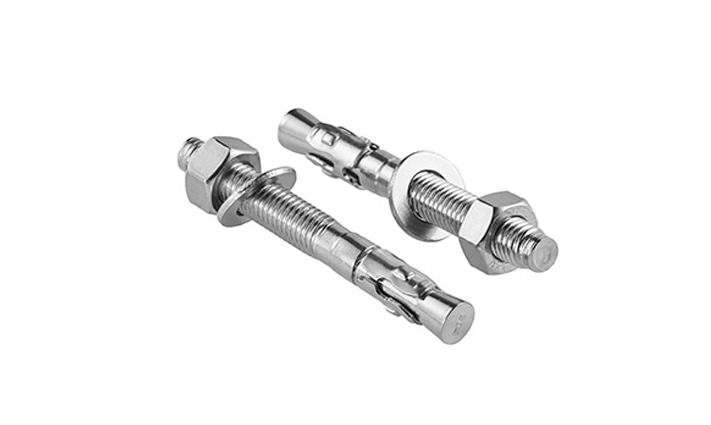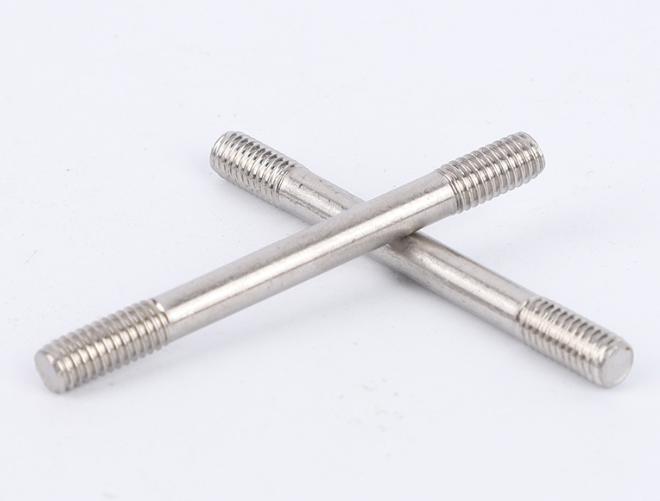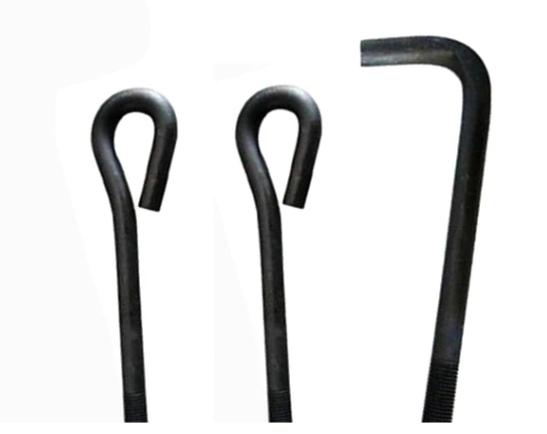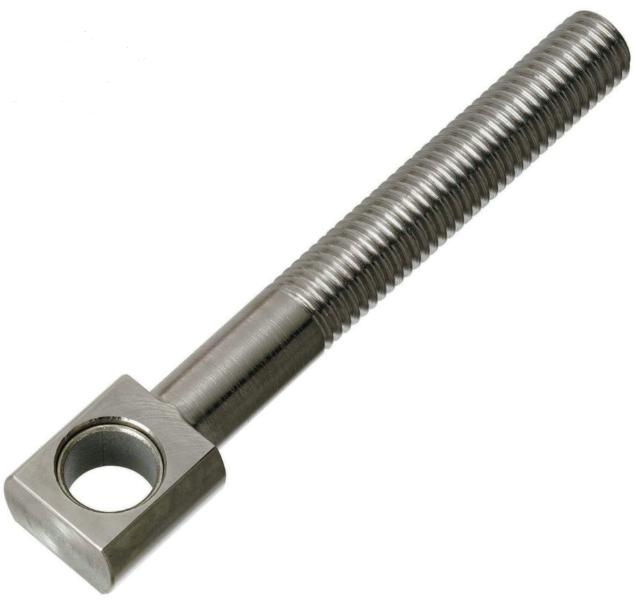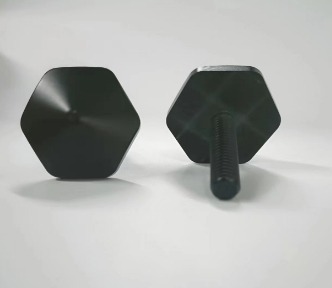How to Remove Carriage Bolts Safely?
Because of their stability and resistance to twisting, carriage bolts, distinguished by their rounded heads and square necks, are often employed to attach wood and metal structures. You may need to remove these bolts in the future for repairs, restorations, or upgrades. In this article, we focus on the topic of how to remove carriage bolts safely, exploring the detailed process of efficiently removing carriage bolts and the precautions during the removal process.
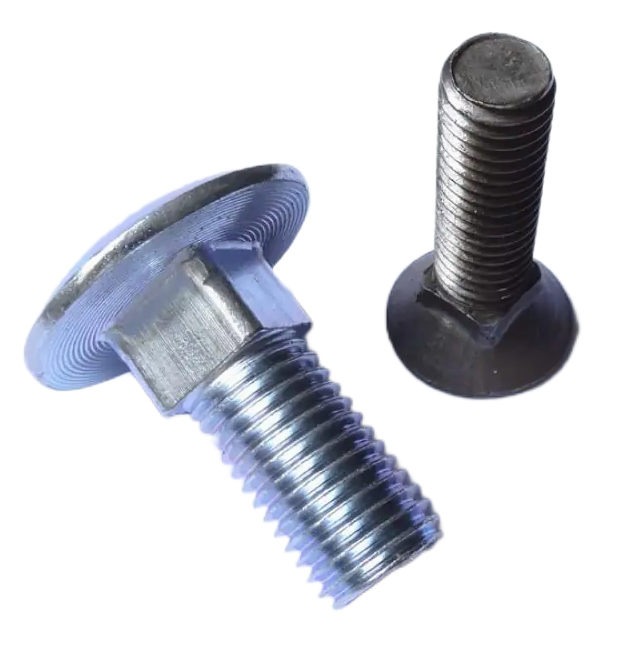
Tools and Materials Needed for Removing Carriage Bolts
- Wrench or Socket Set
- Pliers or Vice Grips
- Hammer
- Drill with a Metal Bit
- Lubricating Oil or Rust Penetrant
- Safety Glasses
- Gloves
What are the Steps for Removing Carriage Bolts?
Step 1: Gather Safety Gear
Protect your eyes and hands from dirt and sharp edges by wearing safety glasses and gloves.
Step 2: Apply Lubricant
Apply a lubricant oil or rust penetrant to the threads and around the bolt head if the bolt is rusted or jammed. Allow the lubricant time to penetrate and loosen the bolt.
Step 3: Secure the Bolt
Hold the nut on the opposite side of the bolt in place using a wrench or socket set to prevent it from spinning. This is essential as carriage bolts have smooth heads and won’t hold on to turning.
Step 4: Loosen the Nut
To loosen the nut, turn the wrench counterclockwise. If the nut is significantly rusted, you may need to reapply the penetrating oil and wait for it to penetrate.
Step 5: Remove the Bolt
Once the nut is loose, please turn off the bolt to remove it. If the bolt is still stuck, grab the bolt head with pliers or vice grips and move it counterclockwise while holding the nut steady.
Step 6: Remove the Bolt Remnants
If you drilled out the bolt, use pliers or vice grips to remove any leftovers.
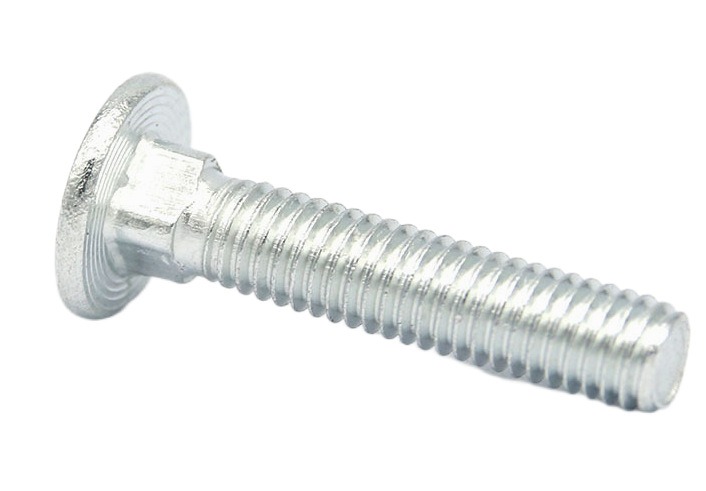
What should be Paid Attention to during the Process of Removing Carriage Bolts?
Removing carriage bolts can be difficult at times, especially if they are old, rusty, or tightly held. There are various crucial aspects to consider to guarantee a seamless and safe removal process.
Assessment
Check the condition of the carriage bolts before you begin. Is it rusted, corroded, or in decent condition? This will assist you in determining the approach to pursue and the instruments required.
Proper Tools
Assemble the necessary tools, including a wrench, socket set, pliers, vice grips, and a hammer. Having the right tools will make the job a lot easier and more efficient.
Counter-clockwise Rotation
To remove carriage bolts, crank the nut counter-clockwise (lefty loosey). Remember this to avoid accidentally tightening the bolt more.
Gradual Force
While attempting to release the bolt, use progressive force. If the nut is heavily rusted, avoid exerting considerable force right away because it could damage the threads or the surrounding material.
Gentle Tapping
If the bolt becomes jammed, gently tap the bolt head with a hammer. This can aid in the removal of any rust or corrosion that may be clinging to the threads.
Drilling as a Last Resort
If, despite your attempts, the bolt remains stuck, drilling may be required as a last resort. Begin by drilling a small hole in the center of the bolt head and gradually increasing the drill bit size until the head can be removed.
Protection of Surrounding Material
Avoid harming the surrounding material by being cautious when tapping or drilling. If required, use a scrap piece of wood as a buffer.
Inspecting the Hole
After you have removed the bolt, inspect the hole to make sure it is in good shape. If it is damaged or enlarged, you may need to investigate repair options.
Replacement Consideration
Consider using a replacement carriage bolt if the carriage bolt was removed due to damage or rust. Before installing the new bolt, treat it with a rust-resistant coating.
Professional Help
If removing a bolt proves particularly difficult, or if you are doubtful about any process, it is best to obtain expert assistance to avoid potential harm.
You can properly remove carriage bolts without damaging your materials or tools by paying attention to these considerations and handling the removal process systematically.
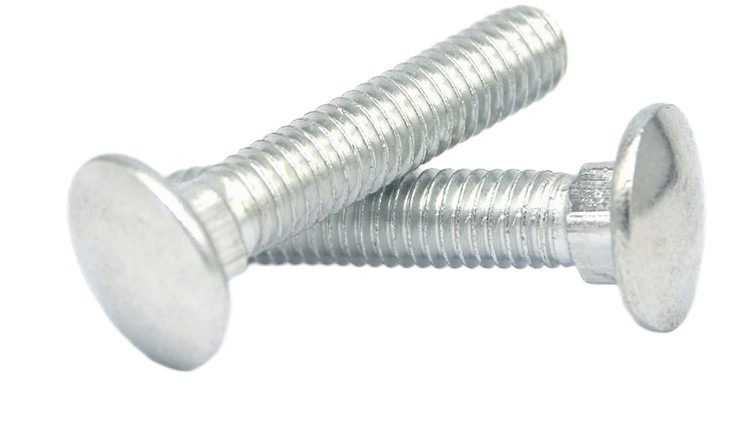
Conclusion
Carriage bolts emerge as a reliable and versatile fastening solution that not only delivers a solid connection but also a streamlined appearance. Removing carriage bolts needs time, patience, and a deliberate approach. You can efficiently remove resistant carriage bolts by following these methods. Remember to prioritize safety, and if removing a bolt proves too tough, do not be afraid to seek professional help to avoid damaging your materials or tools.

